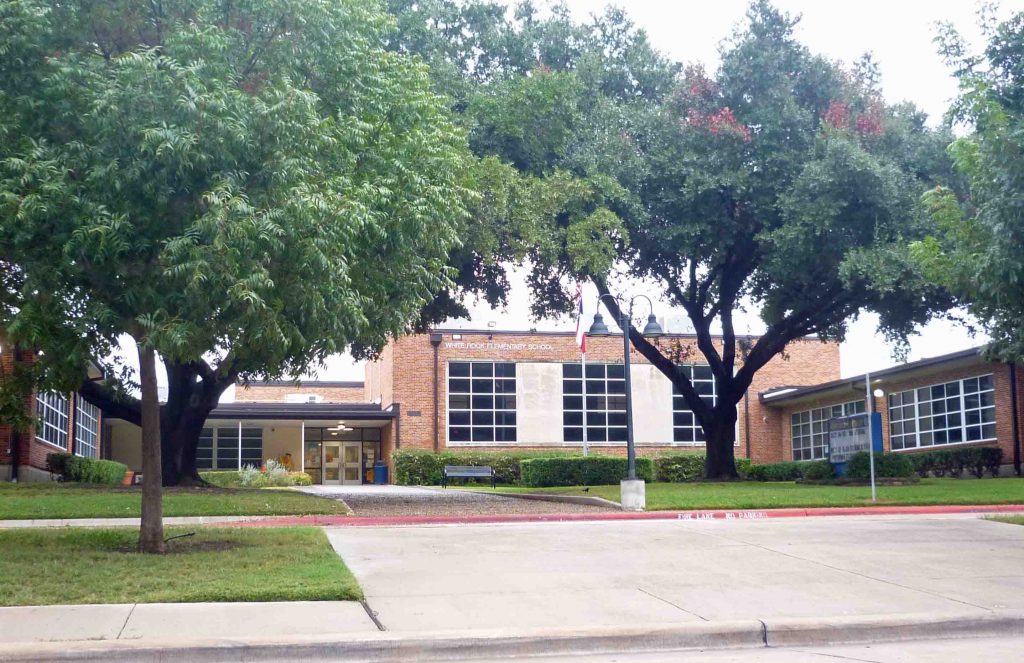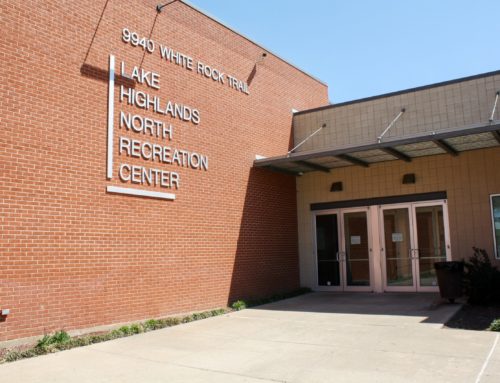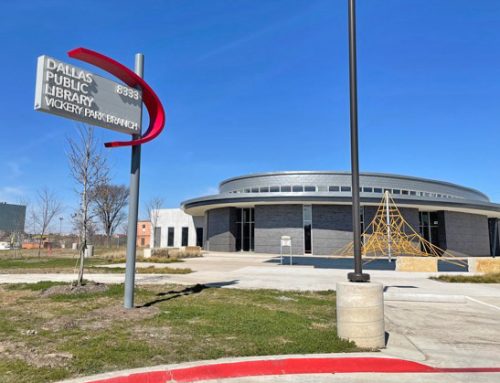The results are in from Richard Duge’s survey, and he’s gathered opinions from his Lake Highlands neighbors about crowded elementary schools and what to do about them. Duge, president of the White Rock Valley neighborhood association, had more than 600 responses which he’ll share with Superintendent Dr. Kay Waggoner, RISD staff, trustees and the public at tonight’s “Bond Listening Tour.”
Here are the nuts-and-bolts.
About 97% of respondents have kids who roll into the LHHS feeder pattern, especially White Rock, Lake Highlands Elementary, Wallace, Merriman Park, Northlake and Moss Haven. About half are from White Rock (the survey was well-circulated by Duge’s HOA and WRE parents are particularly concerned about capacity there), but about half of respondents are from other LH areas.
More than 90% believe capacity issues are a real concern for Lake Highlands. Despite the construction of new classrooms at several LH elementaries, 7 of 11 currently overflow students to other campuses. Families who move to the area during the school year are unlikely to be able to send their child to their neighborhood elementary school.
More than 75% believe the optimal enrollment for their neighborhood elementary school is 400-700 students. That equates to 100 kids or less per grade in K-6, or 3-4 classes of 22. WRE has 7 classes of Kindergarten with about 900 kids (including overflows). About 77% of those with an opinion say their child’s school is overcrowded.
Some have proposed centralizing and moving some programs, such as REACH and PPCD (Preschool Programs for Children with Disabilities) from WRE to other, less crowded campuses to free up space there. More than 60% of those with opinions say such programs should remain on local campuses.
Overall, the most popular choices for addressing capacity (in order) are:
(1) Expanding existing buildings – elementary and junior high campuses [interesting given the reluctance to create “too large” neighborhood schools],
(2) Building an additional elementary school in LHHS feeder pattern (which would likely include redrawing boundary lines) even if this included a movement of my own child to a new or different school,
(3) Creating a new magnet elementary school in the LHHS feeder pattern, and
(4) Building a 6th grade center to move all 6th grade students in the LHHS feeder pattern from the elementary schools to a single 6th grade center.
The least popular choices (in order) are:
(1) Doing nothing – I think the surge in LH enrollment is temporary and will reverse itself in the next couple of years,
(2) Adjusting the structure of elementary campuses (K-3 for one campus and 4-6 for another). This would likely mean combining or blending two existing boundary lines,
(3) Redrawing boundary lines to rebalance the flow of students into campuses even if this included a movement of my own child to a different school, and
(4) Moving 6th graders to junior highs (which may require a new campus or expansion at existing campuses).
Perhaps the most important line item – likely the one which will garner the most attention from RISD personnel – is toward the end of the survey. More than 77% of respondents say they will vote “no” for a bond that does not, in their minds, adequately address capacity issues in LH.
The 2016 RISD Bond Listening Tour comes to the LHHS auditorium at 6:30 p.m. tonight/Tuesday. All are invited.






